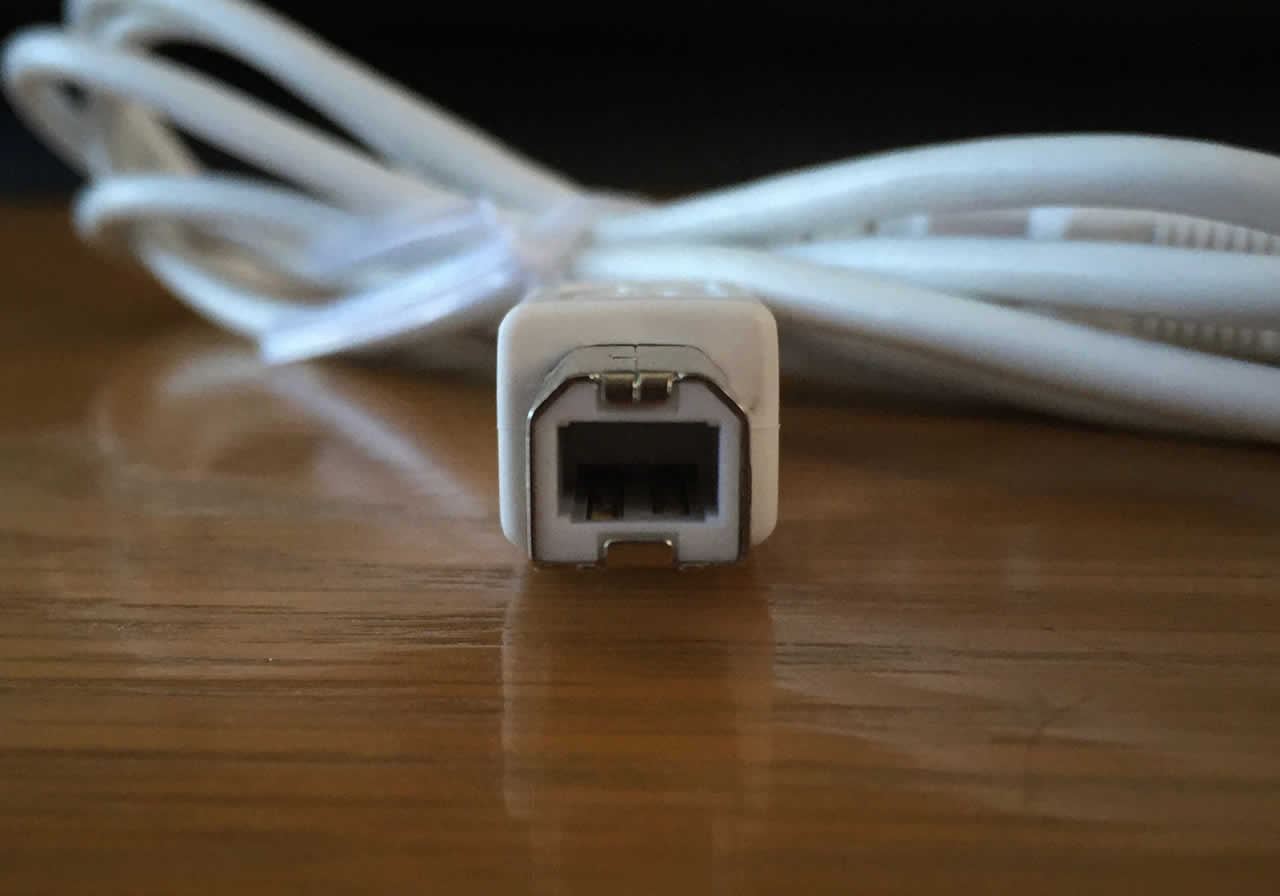

This makes USB 3.0 faster than eSATA and about six times faster than FireWire 800 (full duplex at 800Mbps). eSATA, an external connection that runs at the same speed as the internal SATA 1.0 bus, has a maximum theoretical of 3Gbps. Put side by side with eSATA and FireWire 800, USB 3.0 is far superior.
#Firewire 800 to usb 3.1 full#
USB 3.0 is also full duplex, meaning it can upload and download simultaneously (it's bi-directional) USB 2.0 is only half duplex. Now, the juice: USB 3.0 promises a theoretical maximum rate of 5Gbps, meaning it's 10 times faster than USB 2.0. In November 2007, the USB Implementers forum announced the USB 3.0 specifications, and Intel officially demonstrated the technology at CES 2009.
#Firewire 800 to usb 3.1 install#
The current USB 2.0 specification runs at a theoretical maximum speed of 480Mbps, and can supply power (for those looking for the hard details, you can find the USB 2.0 specification here (zip file).Īccording to the USB Implementers Forum, there were 2 billion USB 2.0 devices shipped in 2006 (one for every three people in the world), and the install base was 6 billion (almost one for every person in the world). When USB 3.0 is expected to hit the market in early 2010, it will have been 10 years since the now ubiquitous USB 2.0 was introduced (April 2000). Here's why it will make eSATA and FireWire obsolete. Intel demonstrated a working version of USB 3.0 at the Consumer Electronics Show in Las Vegas last week.


 0 kommentar(er)
0 kommentar(er)
